The hairy frog Trichobatrachus robustus will break its bones to create weapons when forced into a threatening situation.
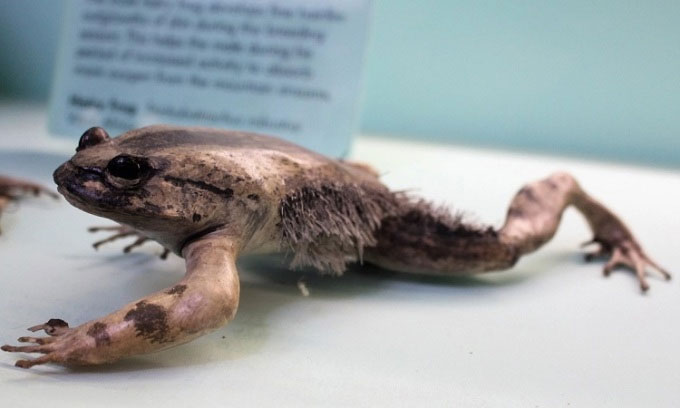
The frog Trichobatrachus robustus has a secret weapon in its hind legs. (Photo: Wikimedia)
Claws piercing straight through the toes make the T. robustus frog quite dangerous. That’s why Cameroonian hunters have to use spears and long spears to kill frogs for meat and avoid being stabbed, according to ZME Science .
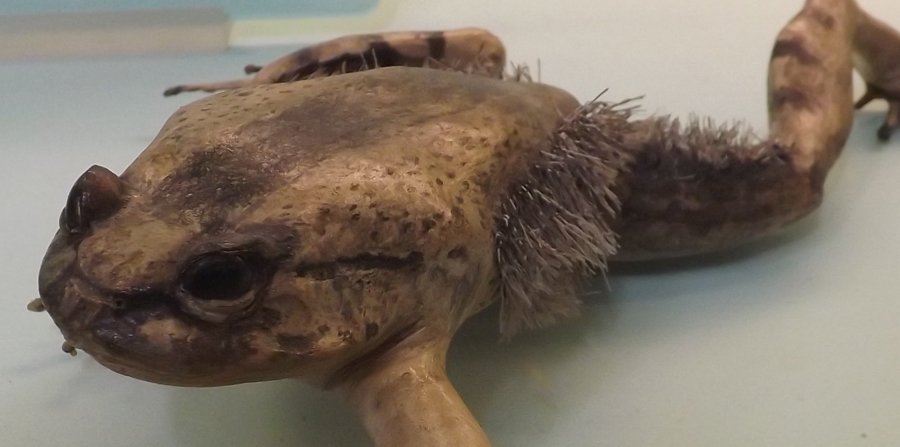
Males of the species T. robustus, also known as “horror frogs” or “werewolf frogs,” have hair-like structures on their bodies and thighs during mating season. But those are not hairs, in fact they are shallow mesoderm, containing many blood vessels and acting like fish gills. This structure helps frogs absorb more oxygen through their skin while raising their young.
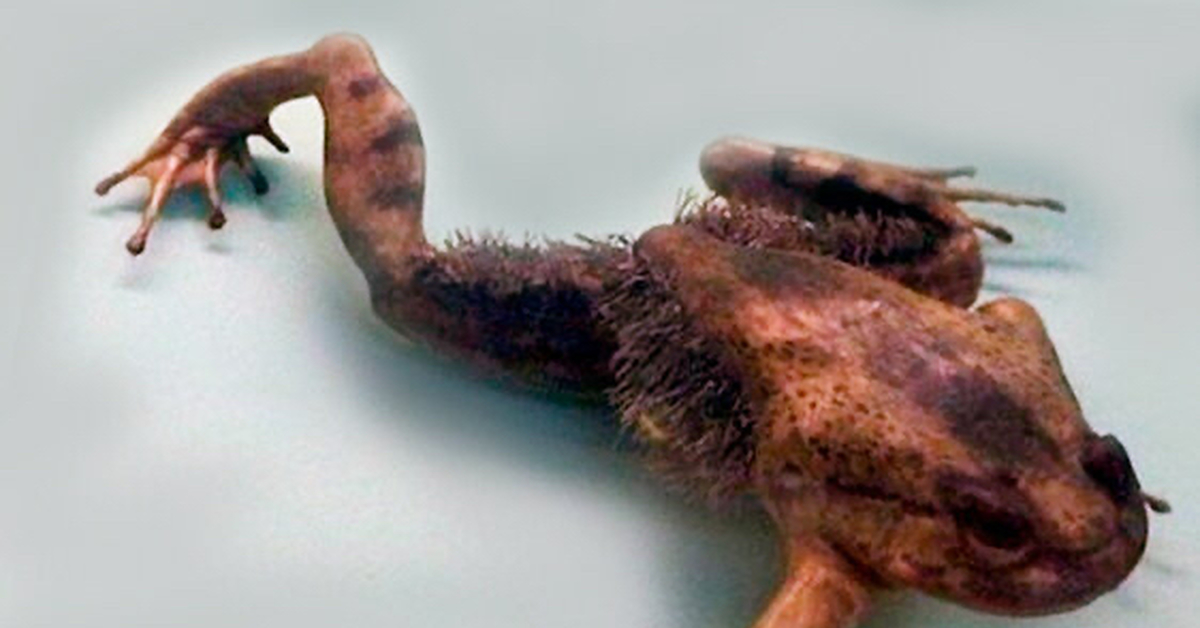
But the most notable feature of T. robustus is the claws on its hind legs, hidden inside a mass of connective tissue. Their claws are made entirely of bone and connected to muscle at one end. When a frog is attacked, it contracts its muscles to push its claws downward. The sharp tip of the claw separates from the connecting bone and is exposed through the sole of the foot. According to zoologist David Wake of the University of California, Berkeley, this seems to be a method of self-defense unique in the animal kingdom.
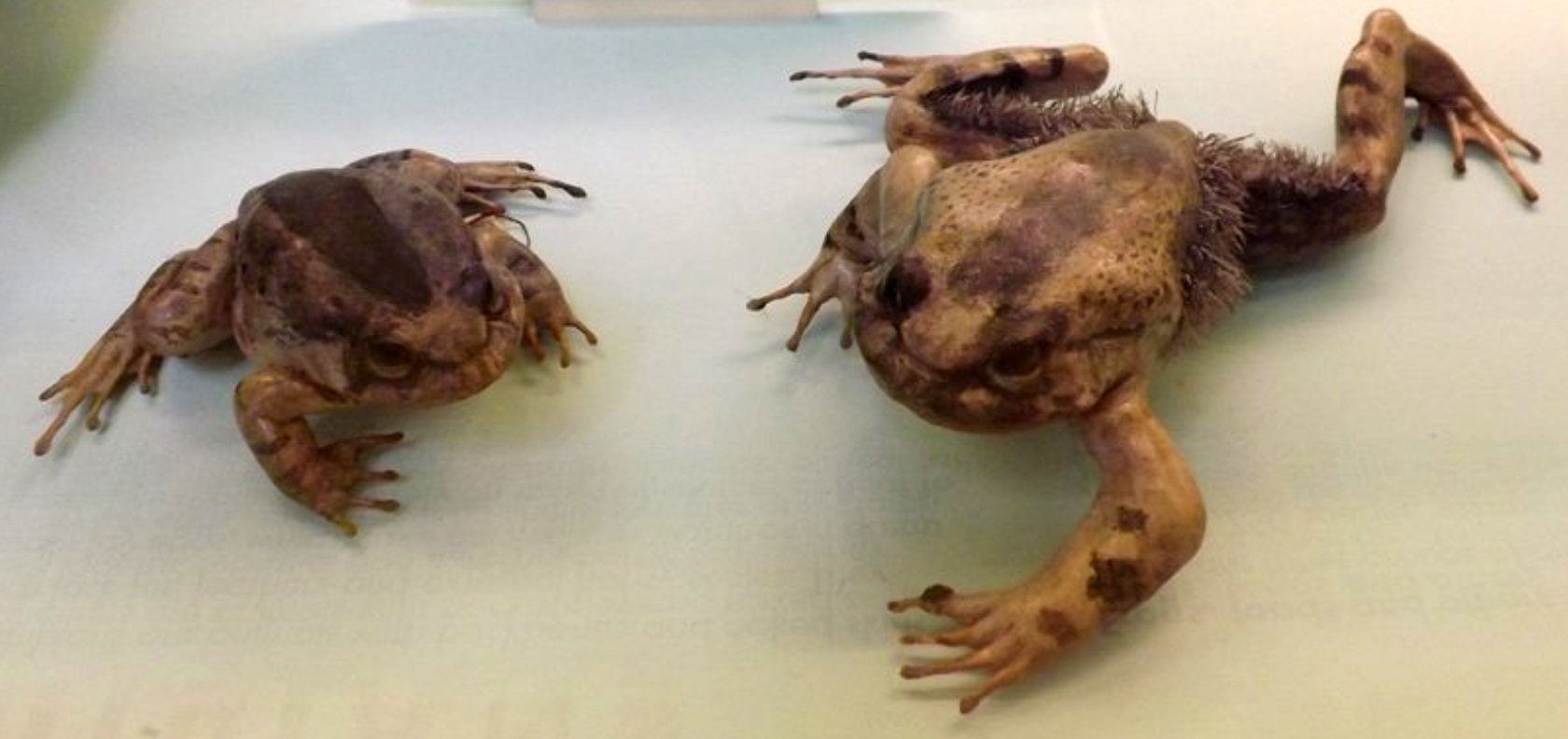
Researchers have never seen a T. robustus frog retract its claws. Because there are no muscles to pull the claws into the skin, they believe that this frog’s claws cannot be retracted but cannot confirm for sure.
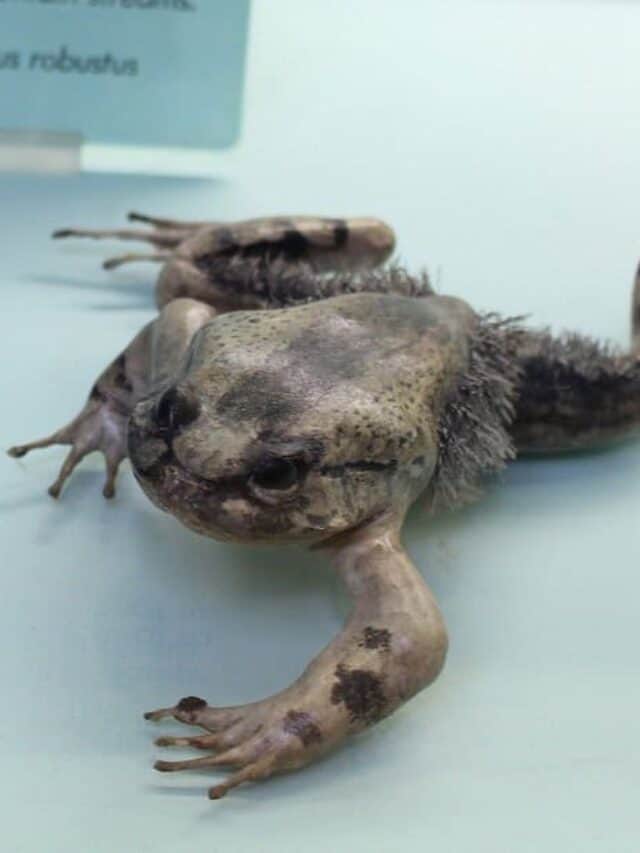
Despite its scary appearance, T. robustus frog is facing the risk of extinction. The rapid disappearance of Cameroon’s rainforests due to deforestation, farming and mining threatens their habitat. In addition, they are also threatened by smuggling and hunted by the Bakossi people to make medicine to treat infertility. Researchers are working with conservation organizations to raise awareness of the importance of rainforest conservation, and call for stricter regulations to prevent smuggling and collection of fruit frogs. permission.






